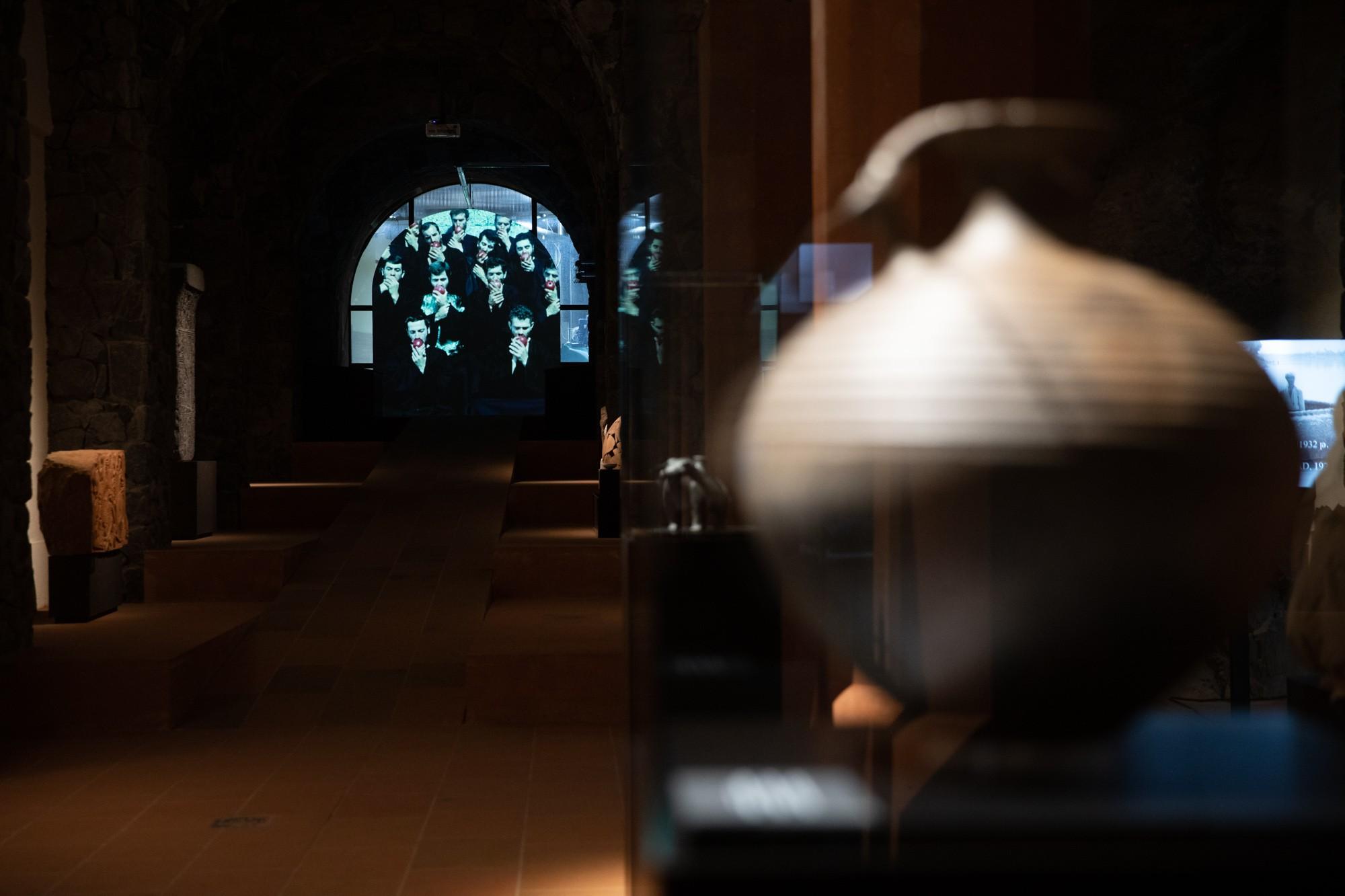
Armenia’s First Winemaking Museum Beckons Visitors to Explore a Little-Known 8,000-Year-Old Story
The big wooden doors open like gates, preparing the visitor for a mysterious journey. When the doors close, a dimly lit cavern appears. It is cold inside and a light aroma of wine wafts through the vaulted cellar.
Welcome to Armenia’s first museum, which opened this October, dedicated to 8,000 years of Armenian winemaking.
Hayk Gyulamiryan, a researcher at Armenia’s Institute of Archeology and Ethnography, is the director of the museum in the Aragatzotn village of Sasunik. Gyulamiryan says the aim of the museum is to popularize wine tourism and make it one of the wine routes in the region.
It took four years to build the underground museum, located next to the Areni Wine company winery, which features a microclimate favorable for the storage of wine.
Gyulamiryan likens the structure to a womb where life begins. In ancient times, people were also buried in caves. "Jesus is buried in a rock. Mher is locked in a cave, because the cave is the mother womb, where you were born and where you die,” says the museum director.
The museum’s first exhibit tells the story of the 8,000-year-old grape pit found in Armenia by an Armenian-French team of archeologists at the Aratashen dig site in Armavir Province. On display is a replica of the actual pit now stored at the History Museum of Armenia.
Information signs along the way present a brief history of viticulture in Armenia. Stopping at an exhibit dedicated to the famous Areni-1 cave complex, Gyulamiryan notes that the earliest know winery in the world was uncovered there in 2011. The world’s oldest leather shoe was discovered at the site, located near the village of Areni, in 2008. (The Aren-1 site dates to the late Chalcolithic/Early Bronze Age circa 6,000 years BP.)
The best wines of Armenian vintners are placed near the signs. Gyulamiryan singles out the Kataro wine produced Artsakh’s Togh village. He says that he placed the wine under the Karmir Blur (Red Hill) display dedicated to the most famous winemaking period, the Urartian period. He says that in Assyrian inscriptions, Sargon and other rulers write that the grapes flowed like rain and the wine flowed like rivers in Armenia.
The museum’s second hall, with its six-meter-high columns and thatched roof, resembles the temple of the Urartian god Khald. Cuneiform inscriptions on the columns denote "by the power of the Chaldeans".
The museum’s main exhibition hall lies eight meres underground. The design is modern and open. Arches of pinkish tuff stone rise to the ceiling above. Outtakes of Sergey Parajanov’s The Color of Pomegranates film are shown in a raised section of the hall. The film’s soundtrack echoes throughout.
When asked why people should visit the museum, Gyulamiryan says its important for people to know their history. “There is no future without the past,” he says.
The director says the museum, while dedicated to the history of winemaking, also encompasses other historical developments like drip irrigation and canal construction.
Visitors to the museum can tour the facility while enjoying a glass of wine. Gyulamiryan wants the museum to breathe, just like wine. He wants the place to break out of the stuffy, silent environment particular to many museums in Armenia.
"In this museum, people are important. For example, what is their reaction when looking at this vessel. Studying this is interesting," says the museum director.
The museum is now working with Armenia Wine to construct a replica of a 16th-17th century winepress. When finished, the press will revert to the museum and will be displayed on the grounds of the company’s production facility.
Seven hundred people have visited the museum since it opened. The museum also wants to hold workshops and other events, including international winemaking conferences.
Gyulamiryan says the history of Armenia winemaking is a story that must be told to a wider audience.
"Bluntly speaking, while other countries must invent a legend of creating beverages, we don’t have to. All we must do is tell our story, to present it correctly, which we have not done for so long,” says Gyulamiryan
Top photo: Outtakes from The Color of Pomegranates
 Videos
Videos Photos
Photos
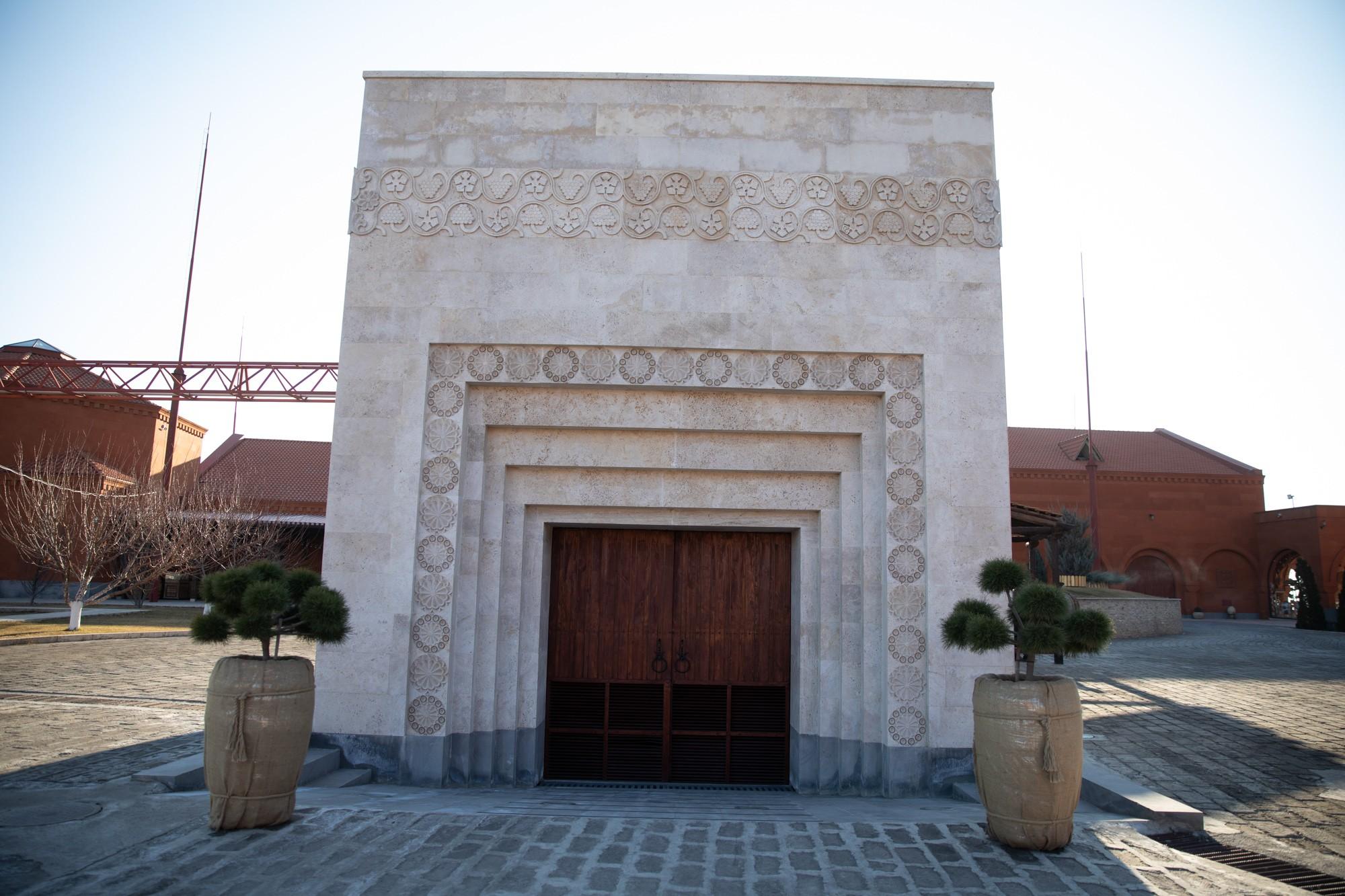

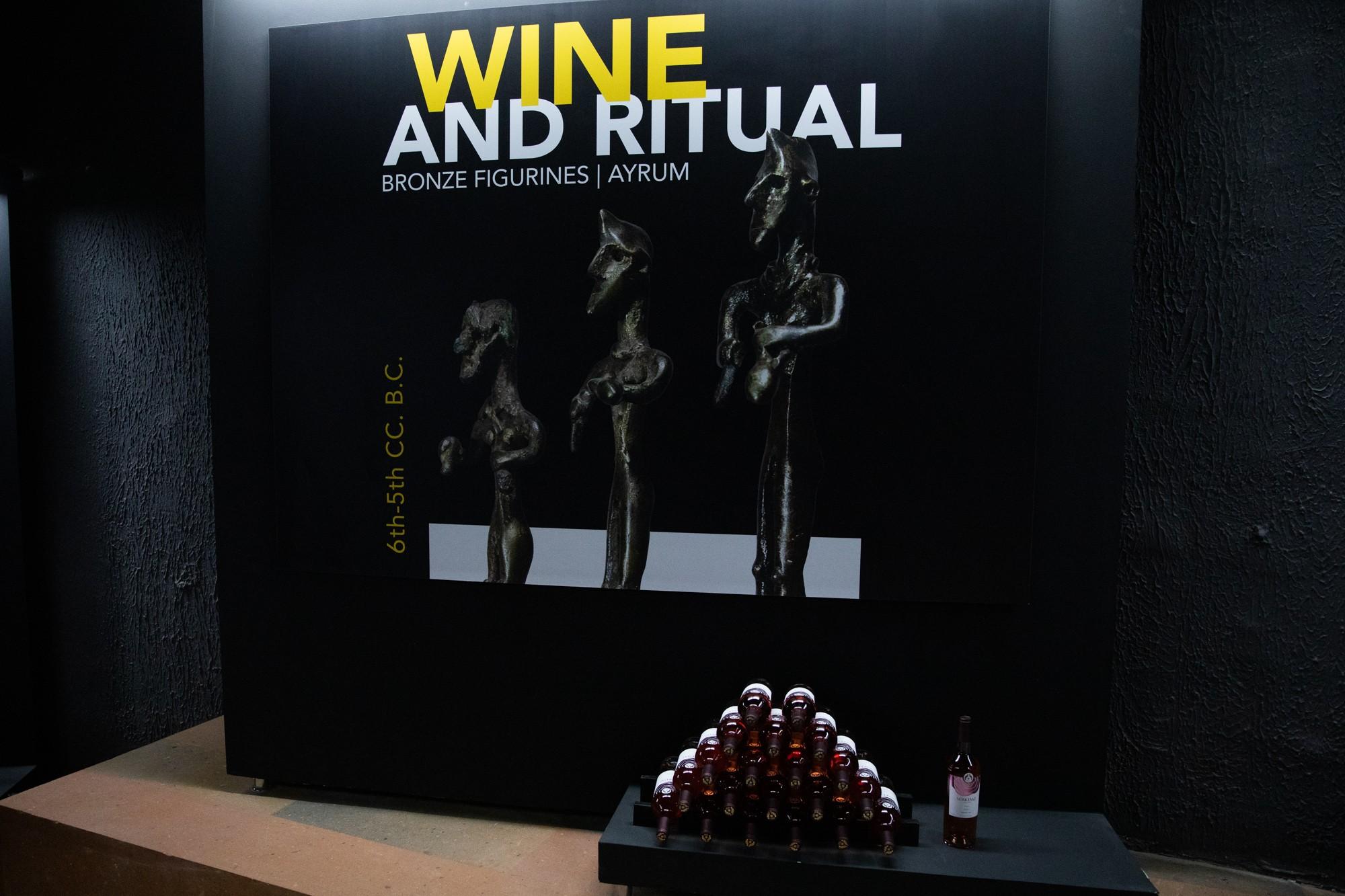
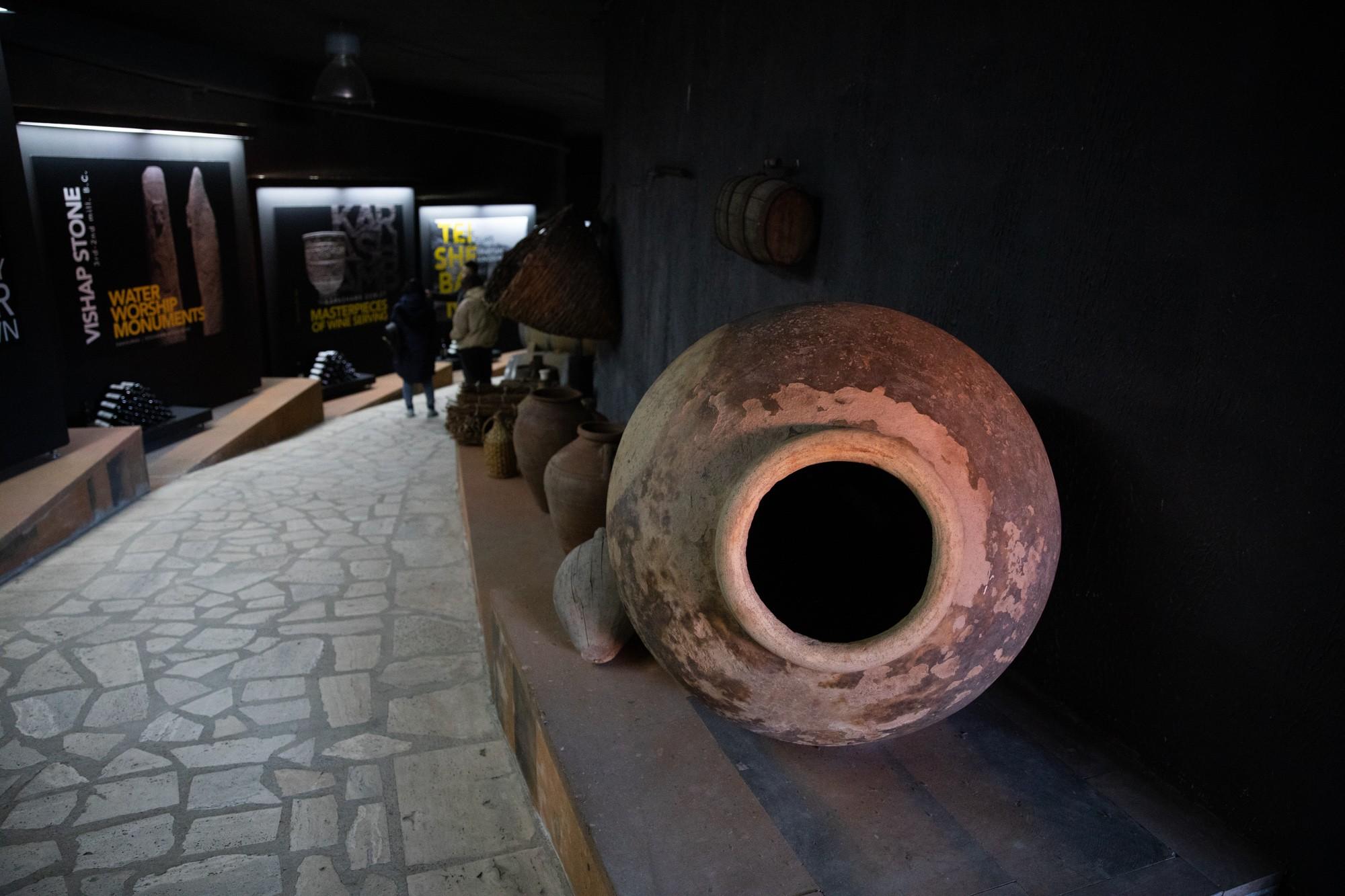


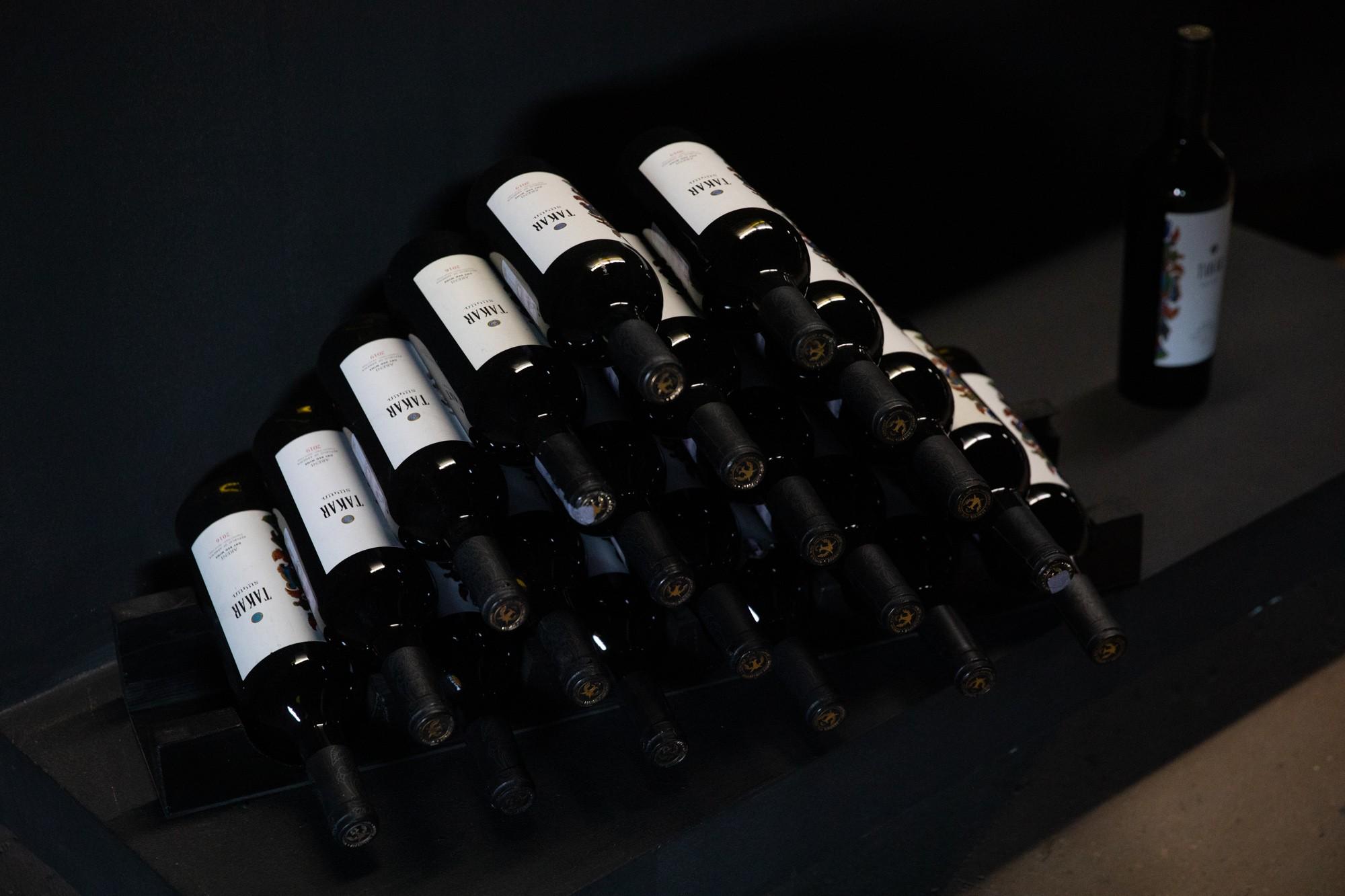

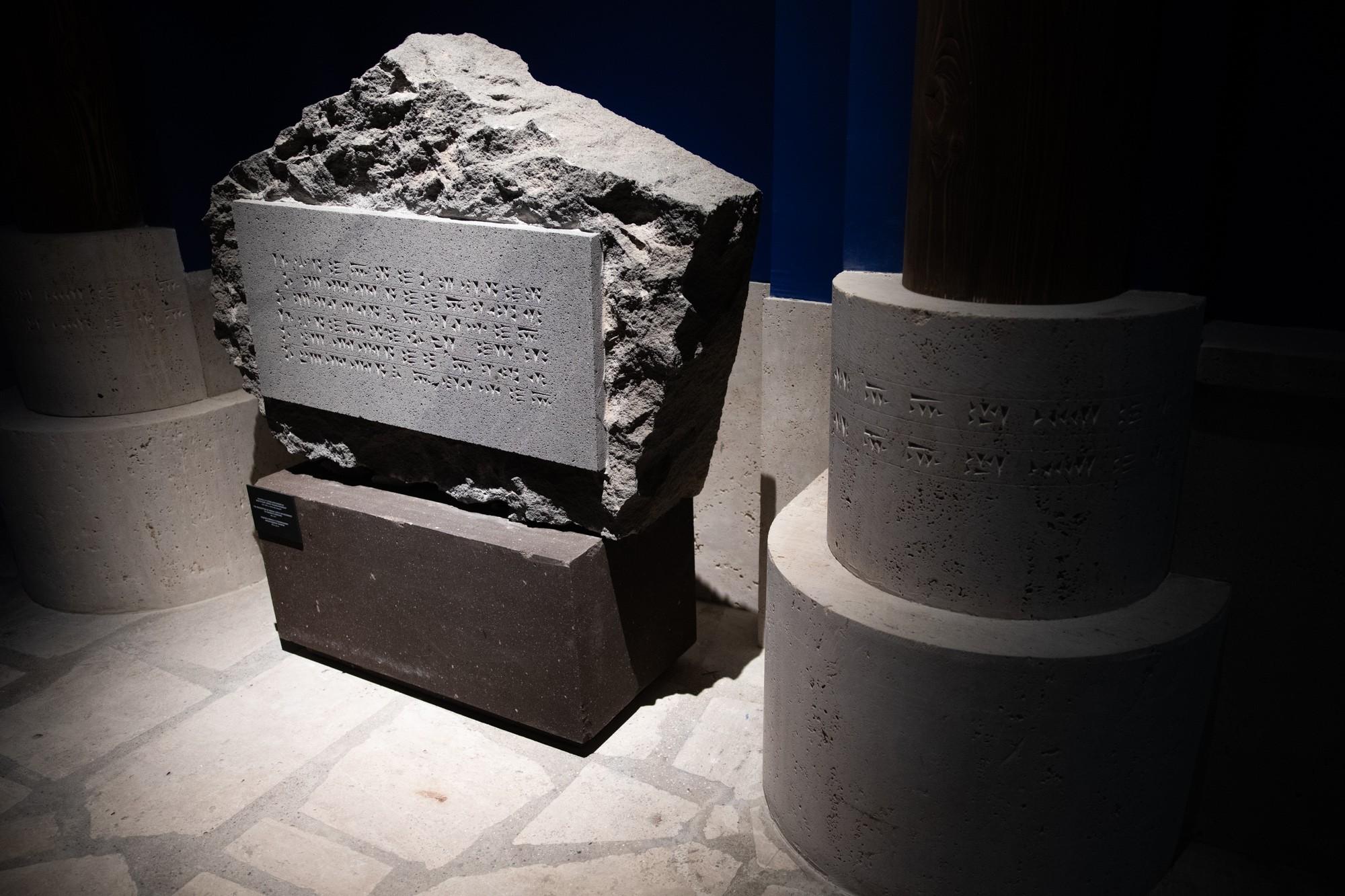
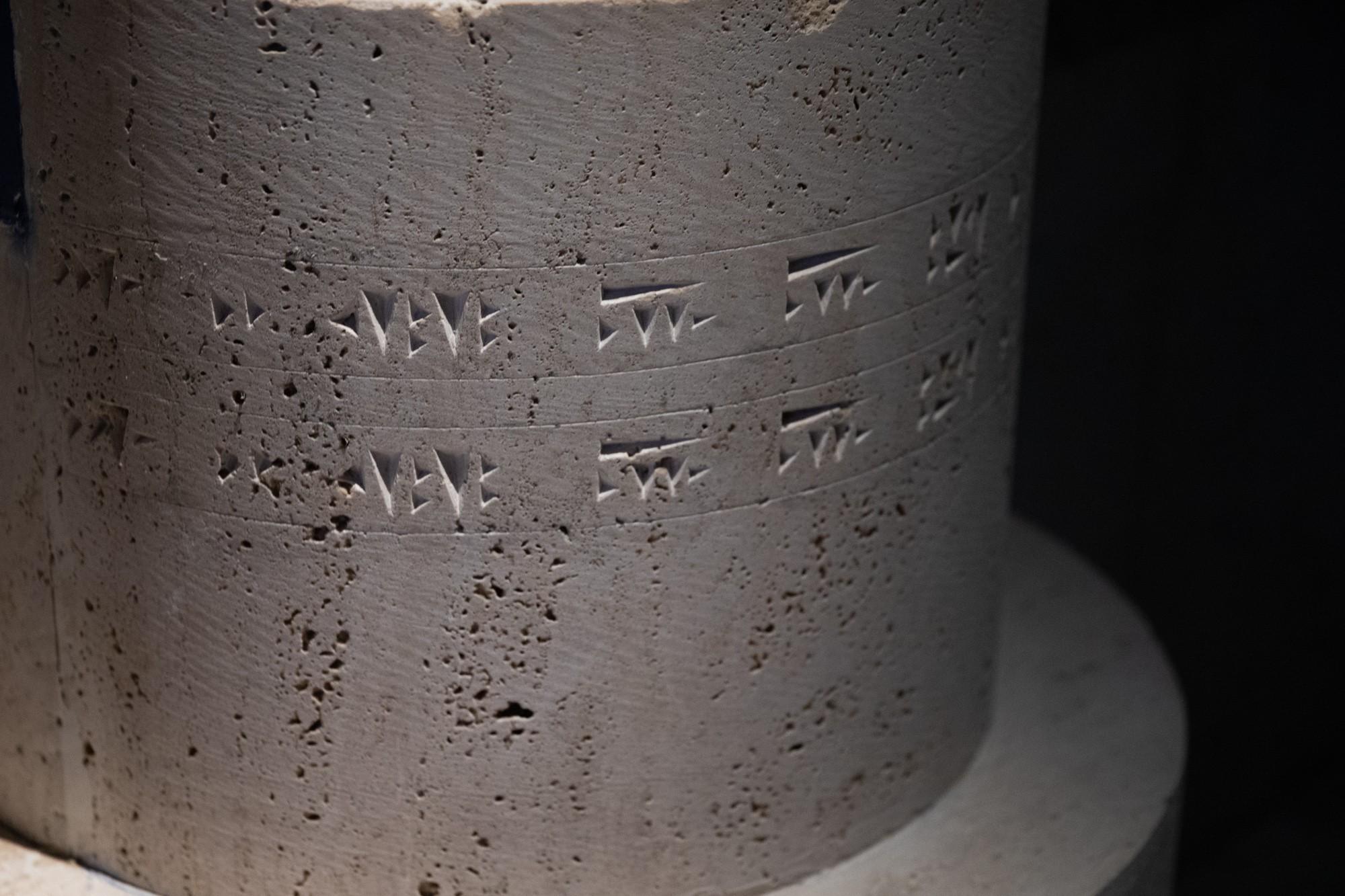
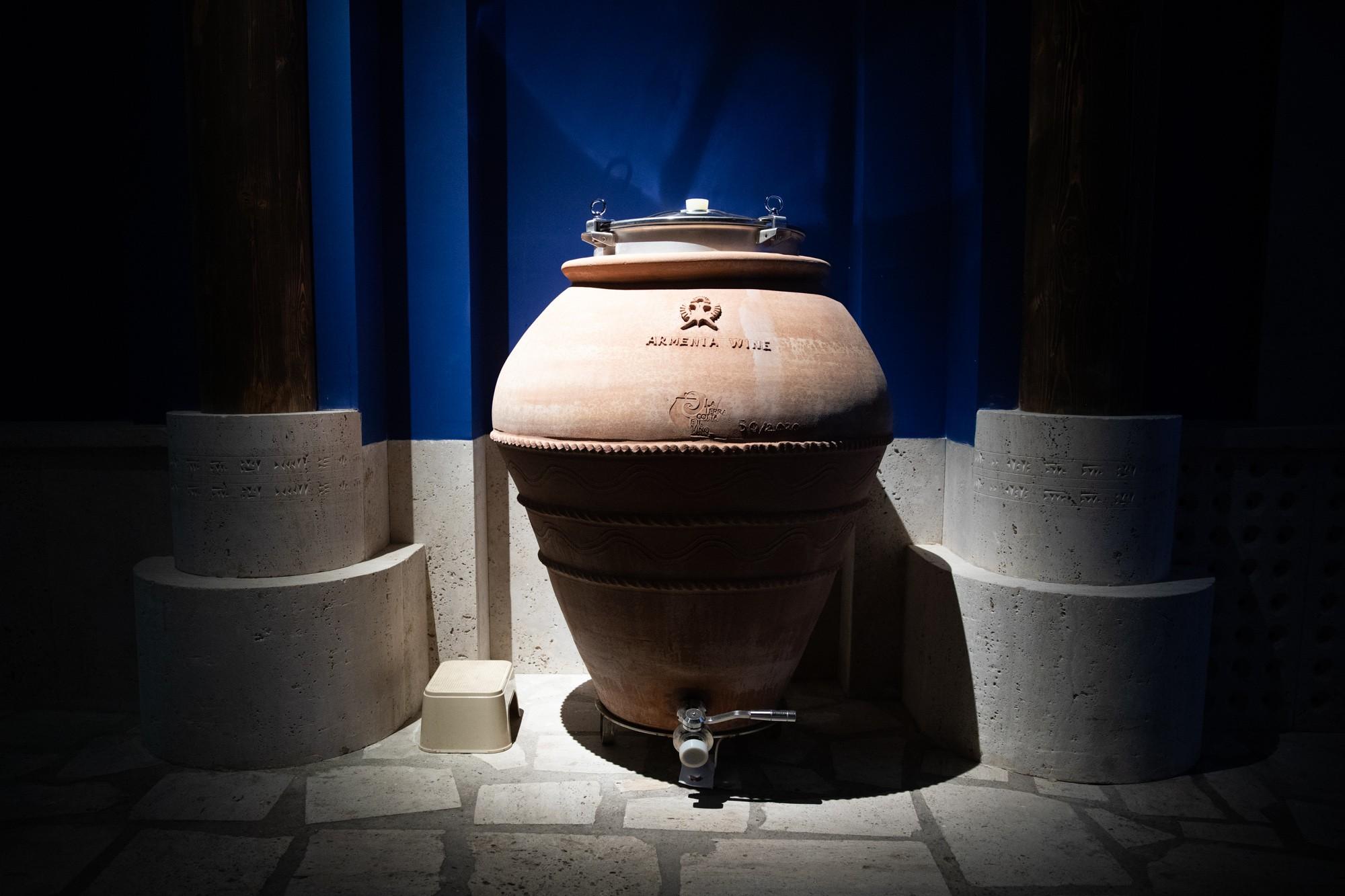
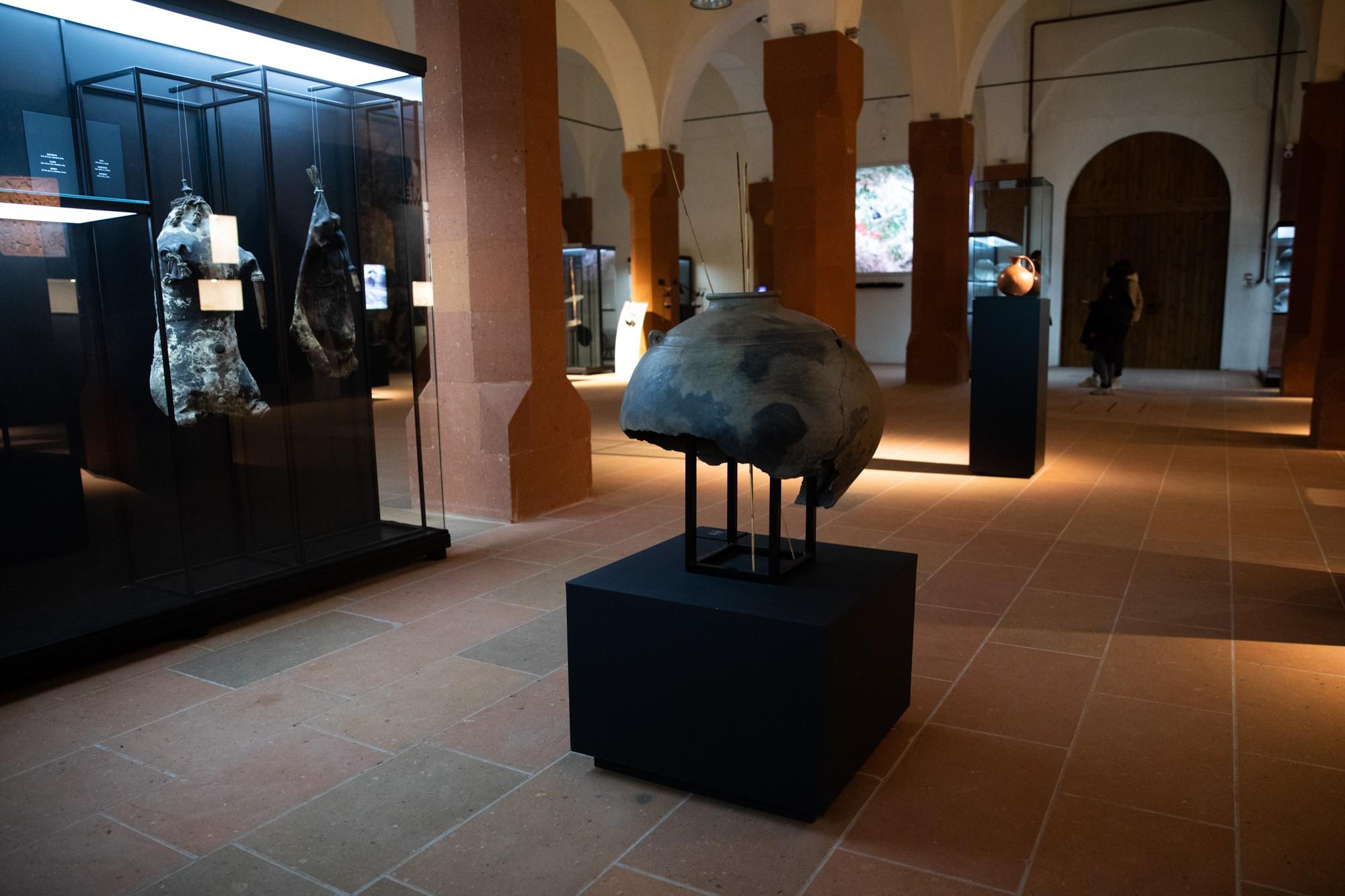
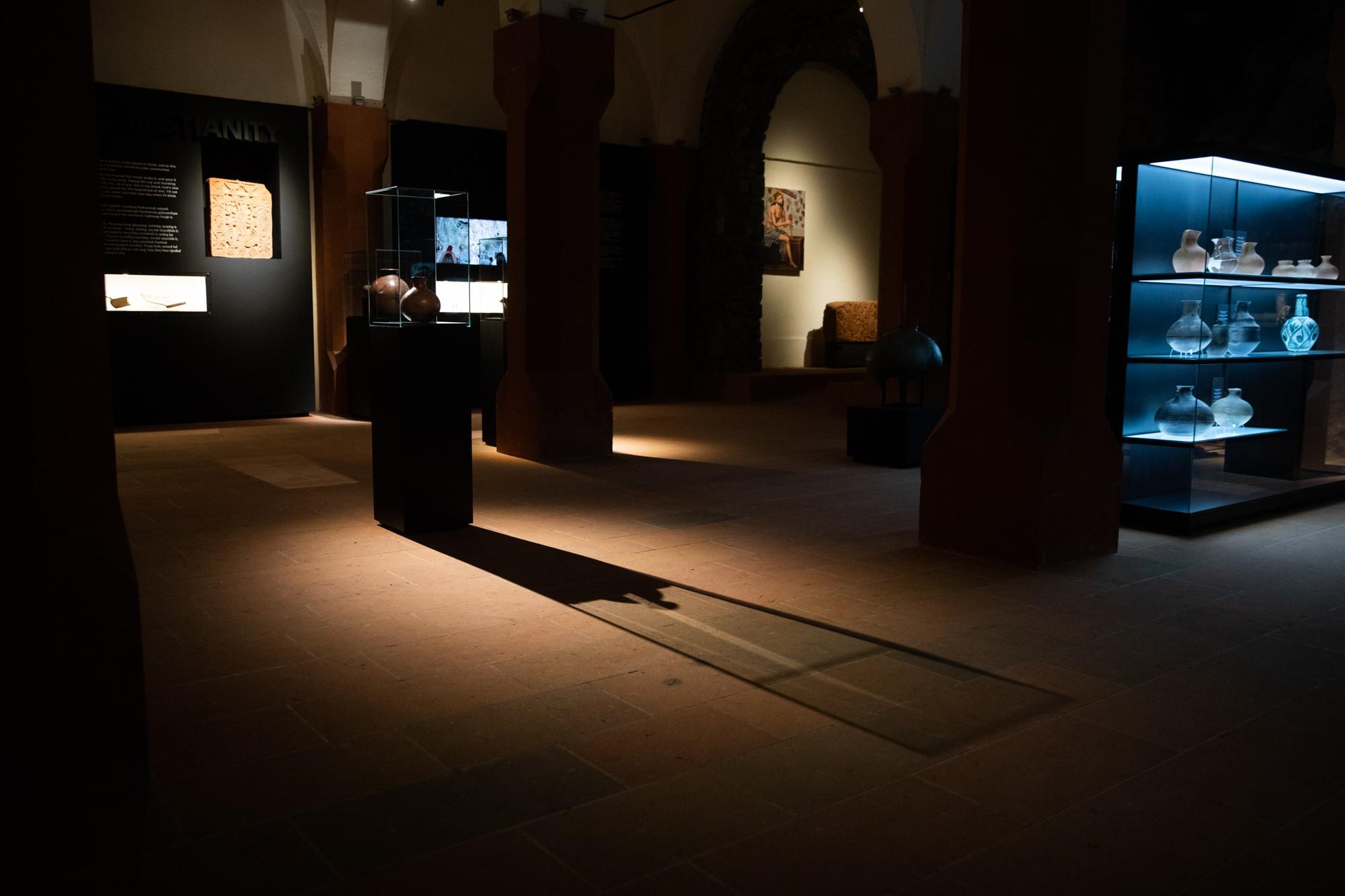
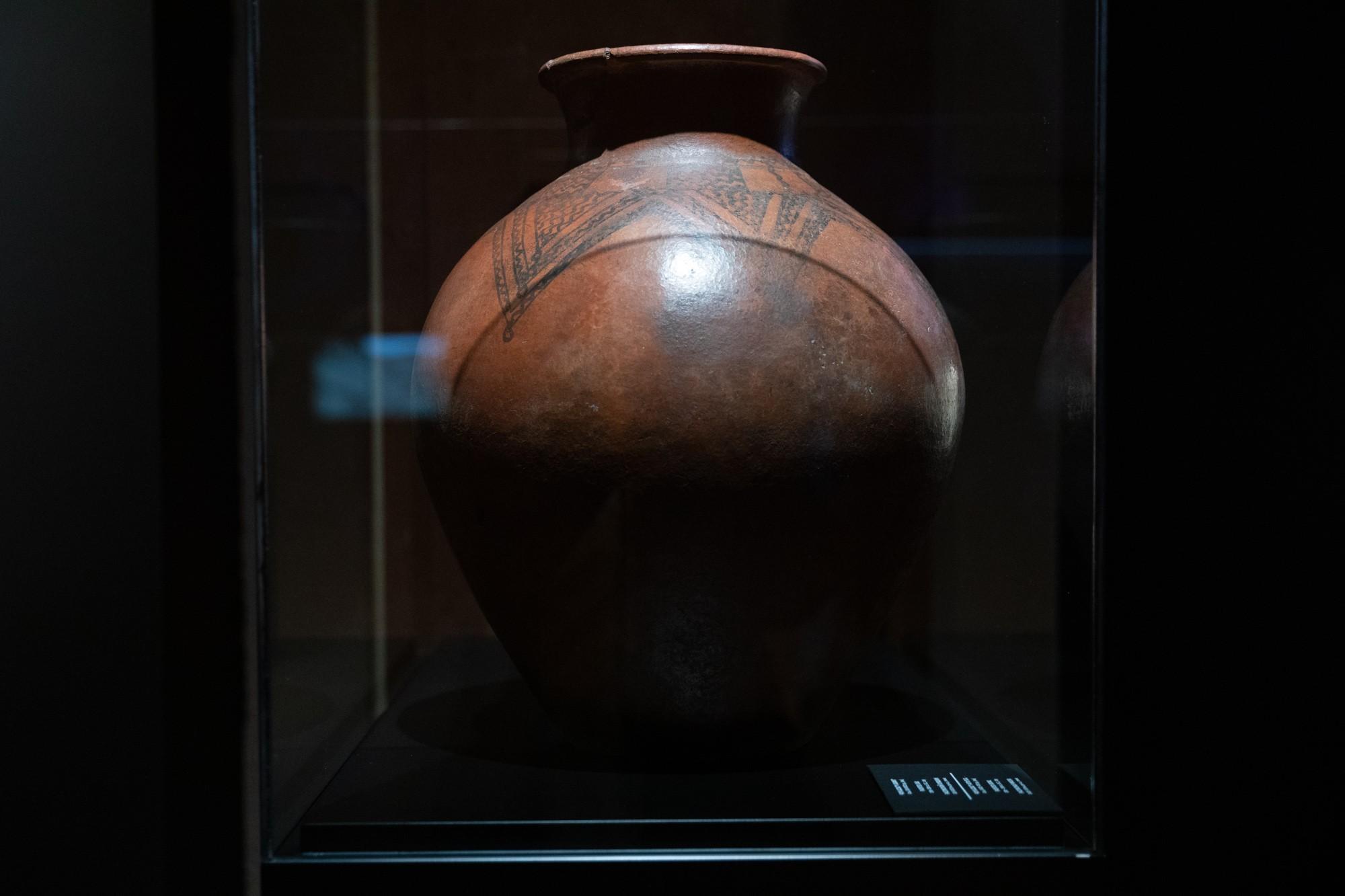
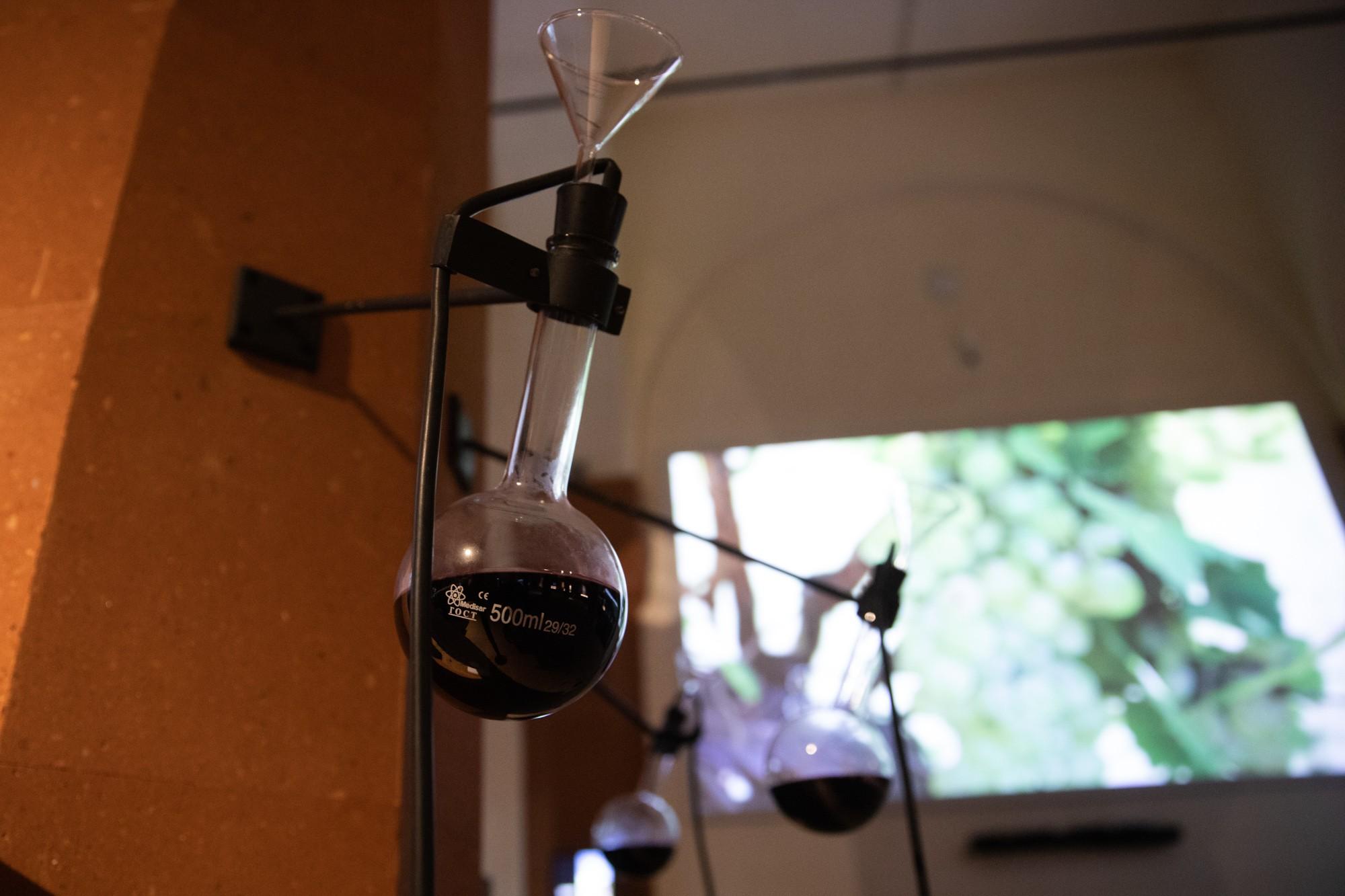
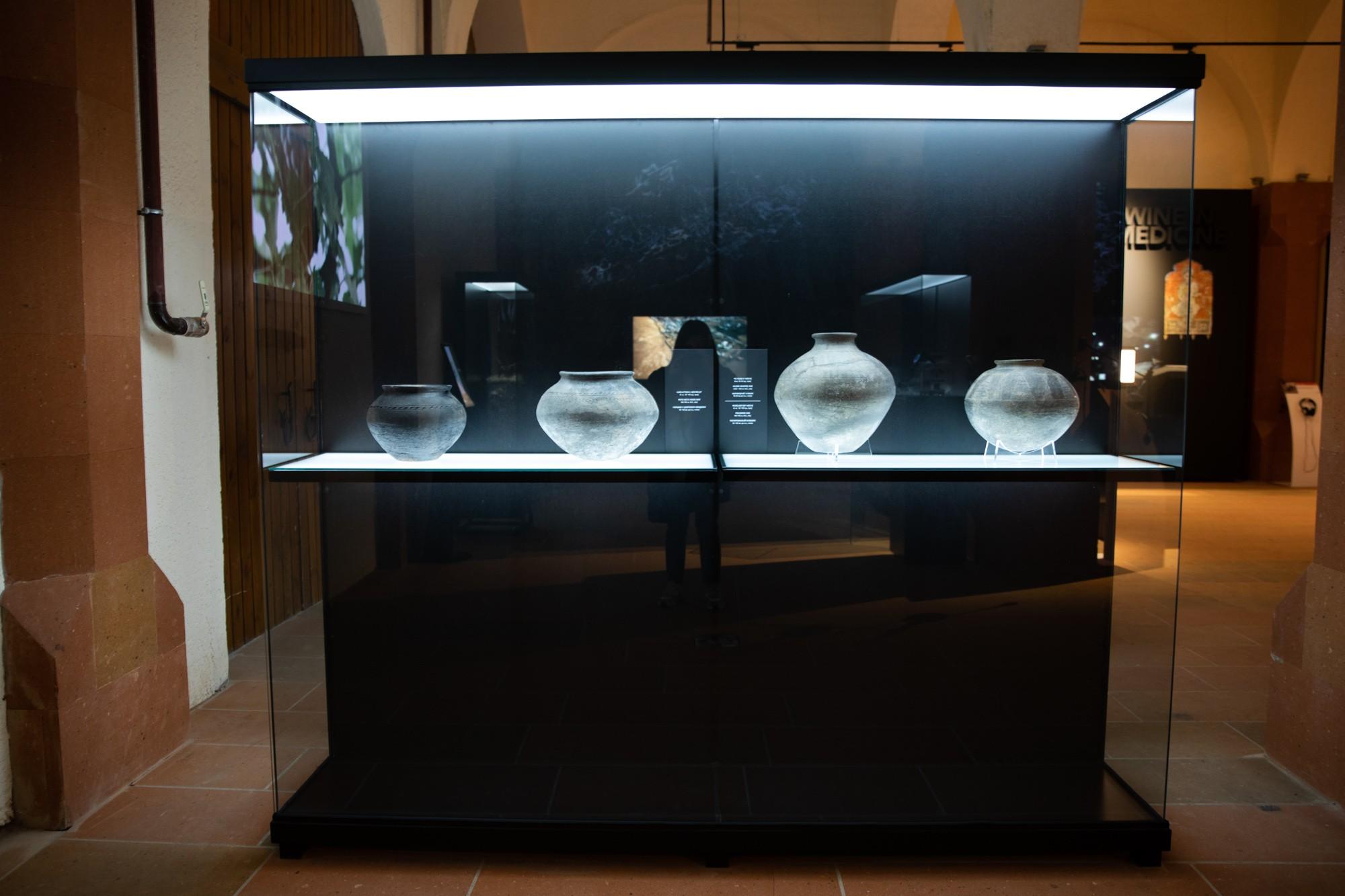
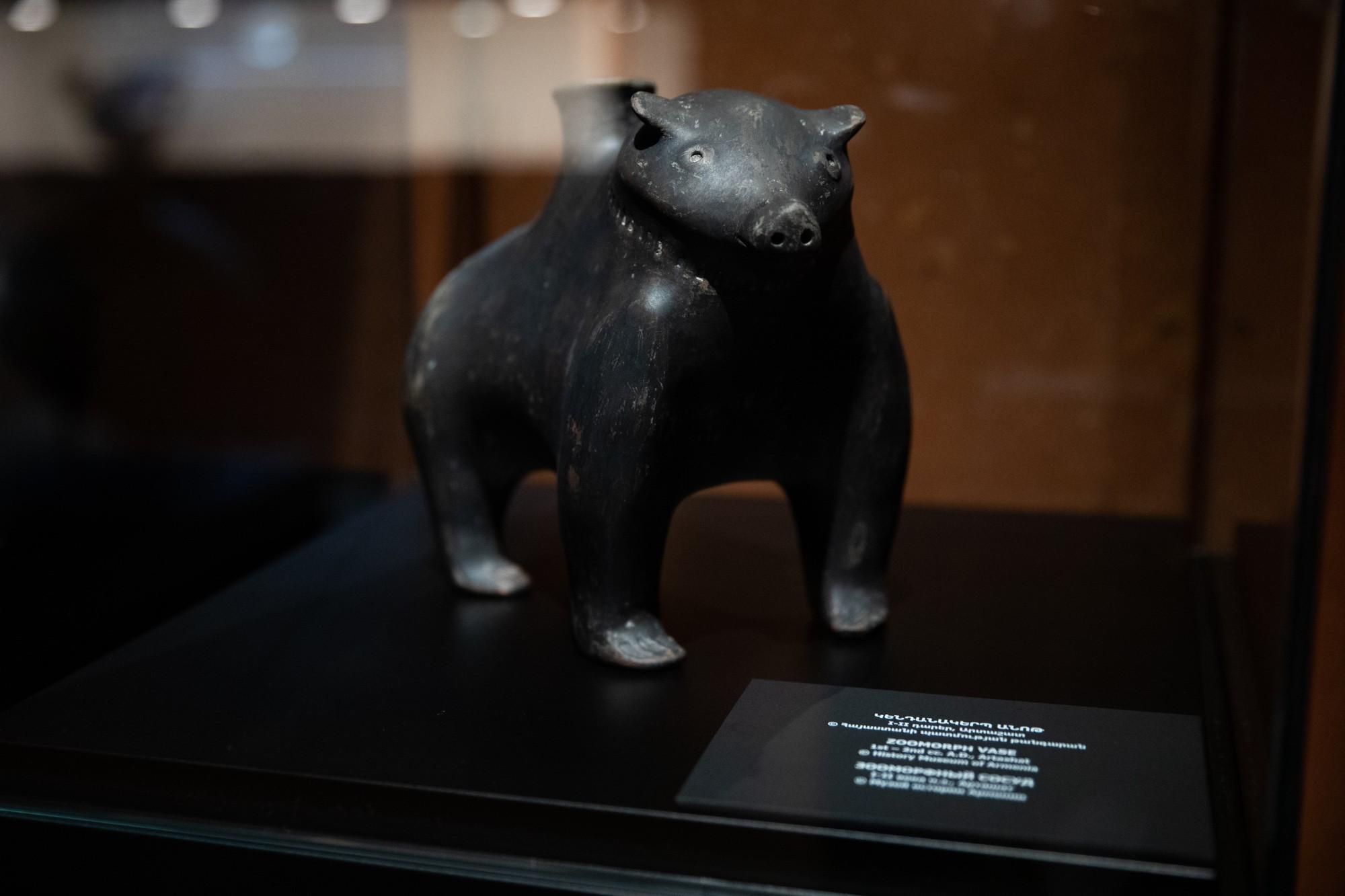
Comments (1)
Write a comment